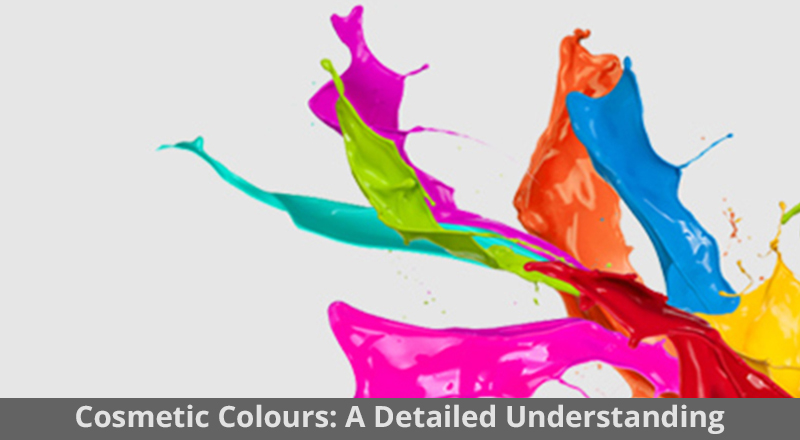Most Popular

From shades of lipstick, hues of bronzer, luminosity of highlighter till vibrancy of blusher or depth of mascara, the essence of every beauty product lies in its colour. Just like an artist transforms a blank canvas into a masterpiece with the perfect blend of colours, the cosmetic colorants have the ability to turn pale face to sun-kissed natural glow and that too with a single stroke of brush.But, how do these colorants amplify the quality of cosmetics and what goes into their making? Read on to find out more.
The Different Types of Cosmetic Colorants
The cosmetic colour is broadly classified into two categorizes which are:
Organic colours are made up of certified D & C (Drug and Cosmetic) ingredients and they are commonly denoted as lakes. While inorganic colours are composed of zinc oxide, mica, carmine, ultramarine and iron oxide that offer opacity and thus are essential for cover-up makeup products such as foundation and concealer.
What is the Role of Colour Theory in Cosmetic Industry?
Colour theory is an invaluable tool of the cosmetic industry. The theory revolves around key aspects of makeup and these include pigment, dimension of colours, harmonies and reflectiveness.
Understanding the role of these elements can help you analyze makeup colour trends
Things to Consider For Quality Control of Colorants
While creating colorant standards for cosmetics there are three essential factors to consider. First, evaluate at least three lots of materials from pigment manufacturers in India and notice the difference in their composition, substrate and synthesis. Next, consult with the supplier to know more about the standards and test methods implemented for the process of manufacturing.
At last, ensure that you choose the right form of colorants for cosmetic products because opting for something that does not meet the desired parameters can be problematic.